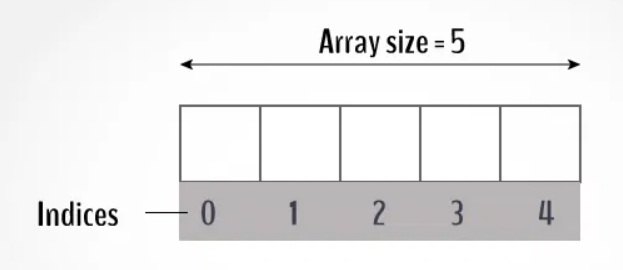Arrays
An array is a variable that can store multiple values. For example, if you want to store 5 integers, you can create an array for it.

To create an array, define the data type (like int) and specify the name of the array followed by square brackets [].
